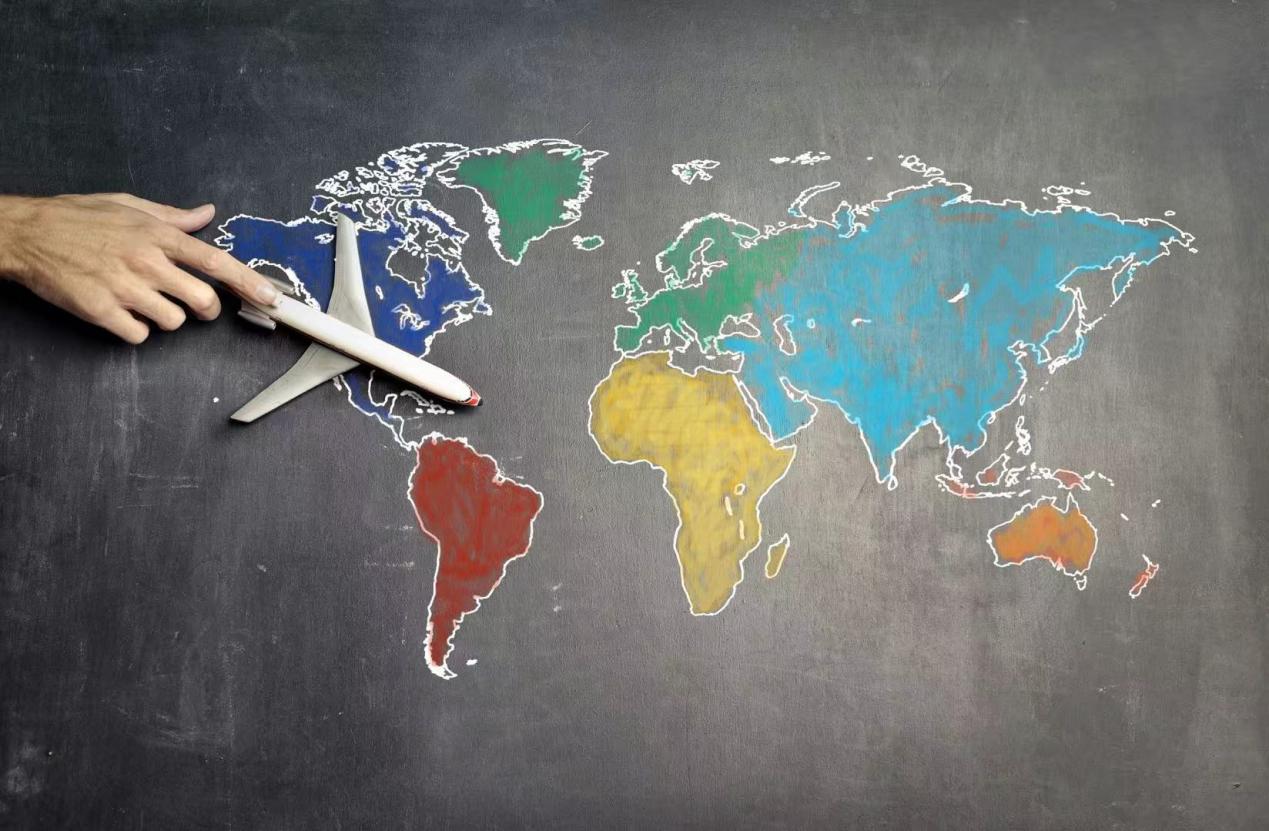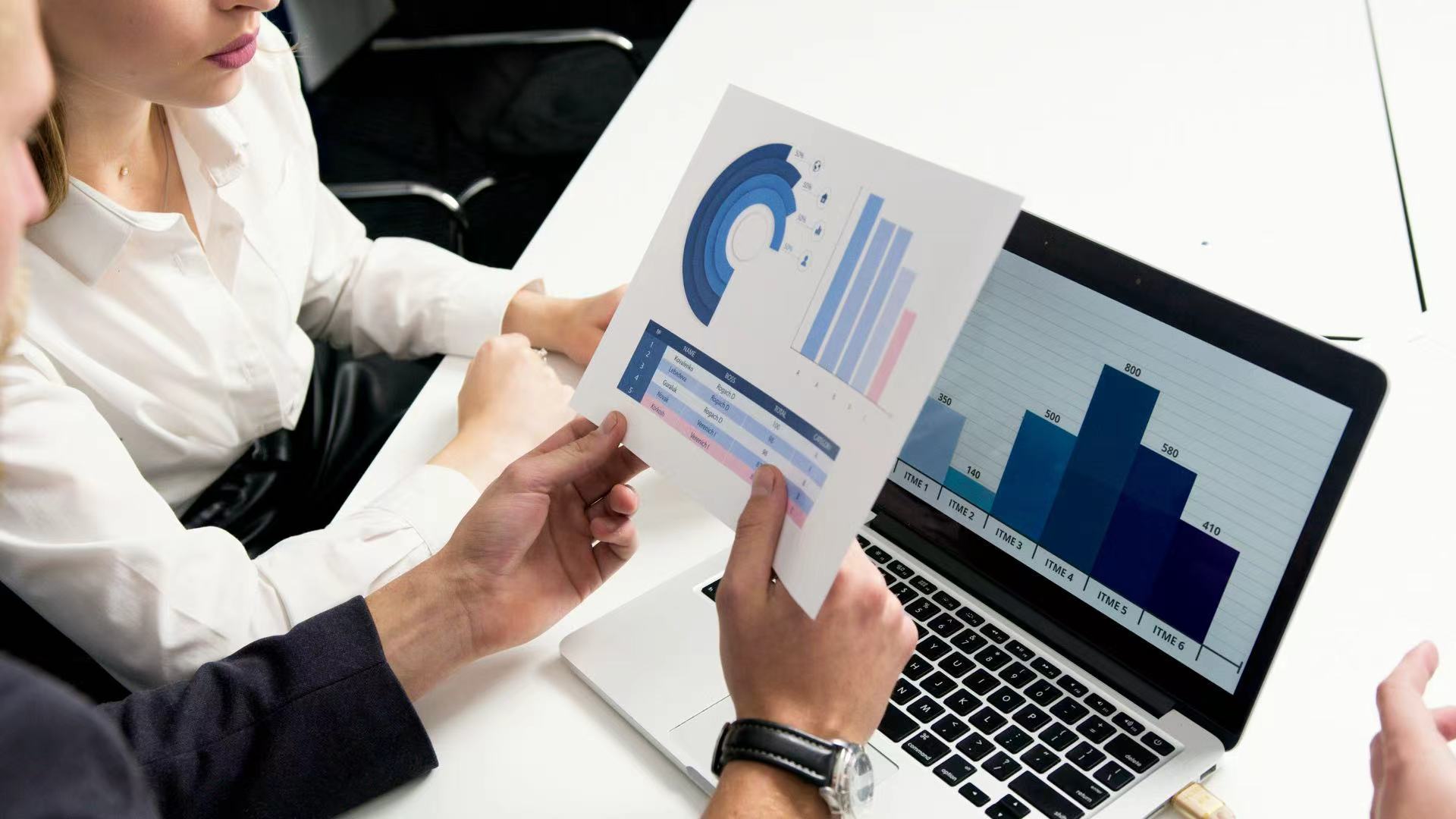In the tide of economic globalization, enterprises going global is like a challenging sailing adventure. And technology is the precise digital chart that leads enterprises through the wind and waves to the other side of success.

When enterprises go global, the first thing they face is accurate insights into unfamiliar markets. At this time, big data analysis technology becomes the "telescope" of enterprises. By collecting and analyzing massive data from the target market, enterprises can clearly depict the outline of local consumers. Some fashion e-commerce companies use big data to analyze the fashion preferences and consumption habits of consumers in the target market. They found that there are obvious differences in clothing styles and color preferences in different countries and regions. For example, in the European and American markets, simple and atmospheric styles are more popular, while in the Southeast Asian market, colorful and complex designs are more attractive. Based on these data insights, enterprises can design product styles and adjust marketing strategies in a targeted manner. Before the product officially enters the market, it seems that the "password key" that is in sync with consumer demand has been pressed, greatly improving market acceptance.
Logistics supply chain management is the "lifeline" of enterprises going global. The emergence of block-chain technology has created a transparent and efficient global logistics chain for enterprises. In traditional cross-border logistics, information transmission is delayed and error-prone, and the transportation status of goods is difficult to track in real time. Block-chain technology makes every transportation link of goods clear and traceable, from factory shipment to overseas warehouse storage, and finally to the hands of consumers. Every transfer and every time point are accurately recorded in the block-chain ledger. Just like some electronic product manufacturers, through block-chain technology, overseas customers can grasp the transportation dynamics of products in real time just like checking e-commerce logistics information, effectively reducing the risks in the transportation process and improving customer satisfaction.

In the process of enterprises going overseas, communication and collaboration with local governments, institutions and partners are essential links. Remote collaboration technology has become a "bridge" across time and space. With the help of high-definition video conferencing systems and online collaborative office software, enterprises can seamlessly connect with overseas teams. A new energy company has deployed projects in many regions around the world. Through remote collaboration technology, domestic technical teams can hold meetings with overseas engineering teams in real time to discuss project progress and solve technical problems together, just as efficient and convenient as being in the same office. At the same time, functions such as file sharing and project management also make cross-regional team collaboration smoother, ensuring that projects can be advanced on time and with high quality.

Technology helps companies go overseas, and it is also reflected in the precise adaptation of local cultural laws and regulations. Artificial intelligence technology can quickly analyze the laws and regulations, cultural taboos and other information of the target market. Software companies use artificial intelligence algorithms to sort out the software compliance requirements of the target market to ensure that the products meet local standards in terms of data security and privacy protection; catering companies use artificial intelligence to analyze local food culture taboos, adjust the setting of dishes and restaurant decoration styles, and avoid market promotion due to cultural conflicts.
In this journey of technology helping companies go overseas, technologies such as big data, block-chain, remote collaboration, and artificial intelligence are intertwined and developed in a coordinated manner. They are like stars that gather into a brilliant galaxy, illuminating the way forward for companies, allowing companies to rely on the power of technology to steadily sail to the other side of prosperity in the ocean of the global market.




